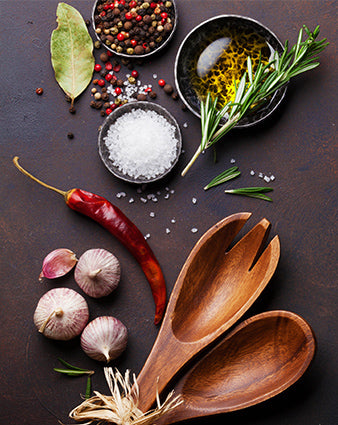Going Gluten-Free 🌾
What Is A Gluten-Free Diet? 🤔
A gluten-free diet is a dietary approach that eliminates the consumption of gluten, a protein found in wheat, barley, rye, and their derivatives. It is primarily followed by individuals with celiac disease, non-celiac gluten sensitivity, or wheat allergies. Additionally, some people choose to adopt a gluten-free lifestyle for various reasons, such as personal preference or perceived health benefits.

Gluten is responsible for the elastic texture in dough and helps foods maintain their shape. However, for individuals with celiac disease, gluten triggers an autoimmune response that damages the lining of the small intestine, leading to various digestive symptoms and nutrient absorption issues. Non-celiac gluten sensitivity refers to individuals who experience similar symptoms to those with celiac disease but do not have the characteristic intestinal damage.
👎 Foods to Avoid on a Gluten-Free Diet:
1. Wheat-based products: This includes bread, pasta, couscous, cereals, cookies, cakes, and pastries.
2. Barley and rye: These grains are commonly found in bread, beer, malt, and some cereal products.
3. Certain grains and their derivatives: Some grains, such as spelt, kamut, and triticale, also contain gluten. Additionally, certain processed foods may contain hidden sources of gluten, including sauces, soups, dressings, and processed meats.
👍 Foods Allowed on a Gluten-Free Diet:
1. Naturally gluten-free grains: These include rice, corn, quinoa, millet, amaranth, and buckwheat.
2. Legumes and pulses: Beans, lentils, chickpeas, and peas are gluten-free and provide protein and fiber.
3. Fruits and vegetables: Fresh fruits and vegetables are naturally gluten-free and offer a variety of nutrients.
4. Dairy products: Milk, cheese, yogurt, and butter are gluten-free, but it's important to check for additives or flavorings that may contain gluten.
5. Nuts and seeds: These are gluten-free and can provide healthy fats and protein.
6. Gluten-free alternatives: There are many gluten-free alternatives available, such as gluten-free bread, pasta, and flour made from alternative grains or starches like rice, corn, potato, or tapioca.
It is essential to carefully read food labels and look for the gluten-free certification or statement to ensure that products are safe to consume. Cross-contamination can occur during food preparation or processing, so individuals following a strict gluten-free diet should also be cautious about shared cooking surfaces, utensils, and deep-fryers.
If you suspect gluten intolerance or have been diagnosed with celiac disease, it is advisable to consult with a healthcare professional or a registered dietitian to receive proper guidance on adopting and maintaining a gluten-free diet while ensuring nutritional adequacy.







